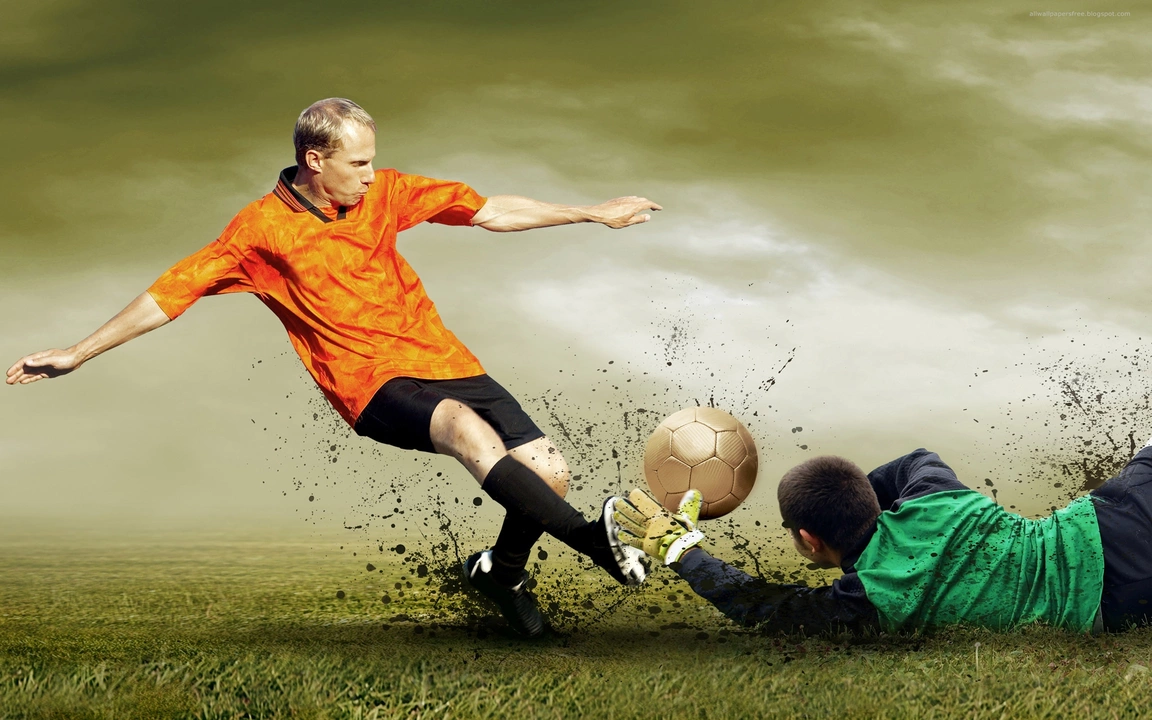Better Sport – Simple Ways to Up Your Game
Ever wonder why some people seem to get better at sports faster? It usually isn’t magic; it’s a mix of right gear, smart habits, and a bit of community push. Below you’ll find quick ideas you can try today, whether you ride a bike, run a marathon, or just want a healthier weekend routine.
Gear up without breaking the bank
Good equipment can shave seconds off a climb or keep you comfortable on a long ride. For cyclists, a stiff shoe sole transfers power more efficiently, while breathable socks prevent blisters on hot days. You don’t need the newest model—look for sales at local bike shops or trusted online stores, read a couple of reviews, and test the fit before buying. The same rule works for running shoes, hiking boots, or even a sturdy bike helmet.
Training tricks that actually work
Most athletes spend too much time grinding at a steady pace. Mixing in stand‑pedaling intervals, for example, forces different muscle groups to fire and can boost climbing power. Try a 30‑second sprint out of the saddle every five minutes on your next ride. If you’re hitting the gym, set a timer for 25 km on a stationary bike and aim to beat your previous time by a small margin each session. Small, measurable goals keep motivation high and prevent burnout.
Nutrition doesn’t have to be fancy. A balanced plate of carbs, protein, and veggies fuels recovery better than any supplement. Hydration is equally vital—carry a water bottle and sip regularly, especially in warm weather. If you’re trying to lose weight, a stationary bike can burn a solid 400‑600 calories per hour; pair that with a sensible diet and you’ll see steady results without crash diets.
Don’t ignore the mental side. Cycling, running, or any sport can clear your head, lower stress, and improve focus. Set a simple mantra like “steady and strong” for tough climbs or sprint finishes. Tracking your rides with a Garmin or a phone app gives you instant feedback and helps you spot patterns—maybe you’re faster on evenings or after a proper warm‑up.
Community support makes a huge difference. Join a local club, post your progress on forums, or simply ride with a friend once a week. Sharing tips—like the best places to buy cycling shoes or how to avoid saddle soreness—creates a feedback loop that pushes everyone forward.
If you’re over 40 and think it’s too late to chase a title, think again. Sports like golf, sailing, and even lawn bowls have world champions in their 50s and 60s. The key is choosing a discipline that matches your current fitness level and gradually increasing intensity. Age becomes just a number when you keep learning and enjoying the process.
Remember, getting better at any sport isn’t about a single miracle workout. It’s about consistent tweaks to gear, training, nutrition, and mindset. Start with one small change—maybe try a stand‑pedal interval today—and notice how it feels. Then add another tweak next week. Before you know it, you’ll be riding smoother, climbing faster, and loving the sport more than ever.
Which is better, soccer/football or mountain biking?
In my latest blog post, I explored the ongoing debate between soccer/football and mountain biking, trying to determine which activity is better. I considered factors such as physical benefits, social aspects, and accessibility. While soccer provides an excellent cardio workout and team-building opportunities, mountain biking offers thrilling adventures and full-body conditioning. Ultimately, it comes down to personal preferences and individual goals. I encourage my readers to try both activities and decide for themselves which one aligns with their interests and lifestyle.
